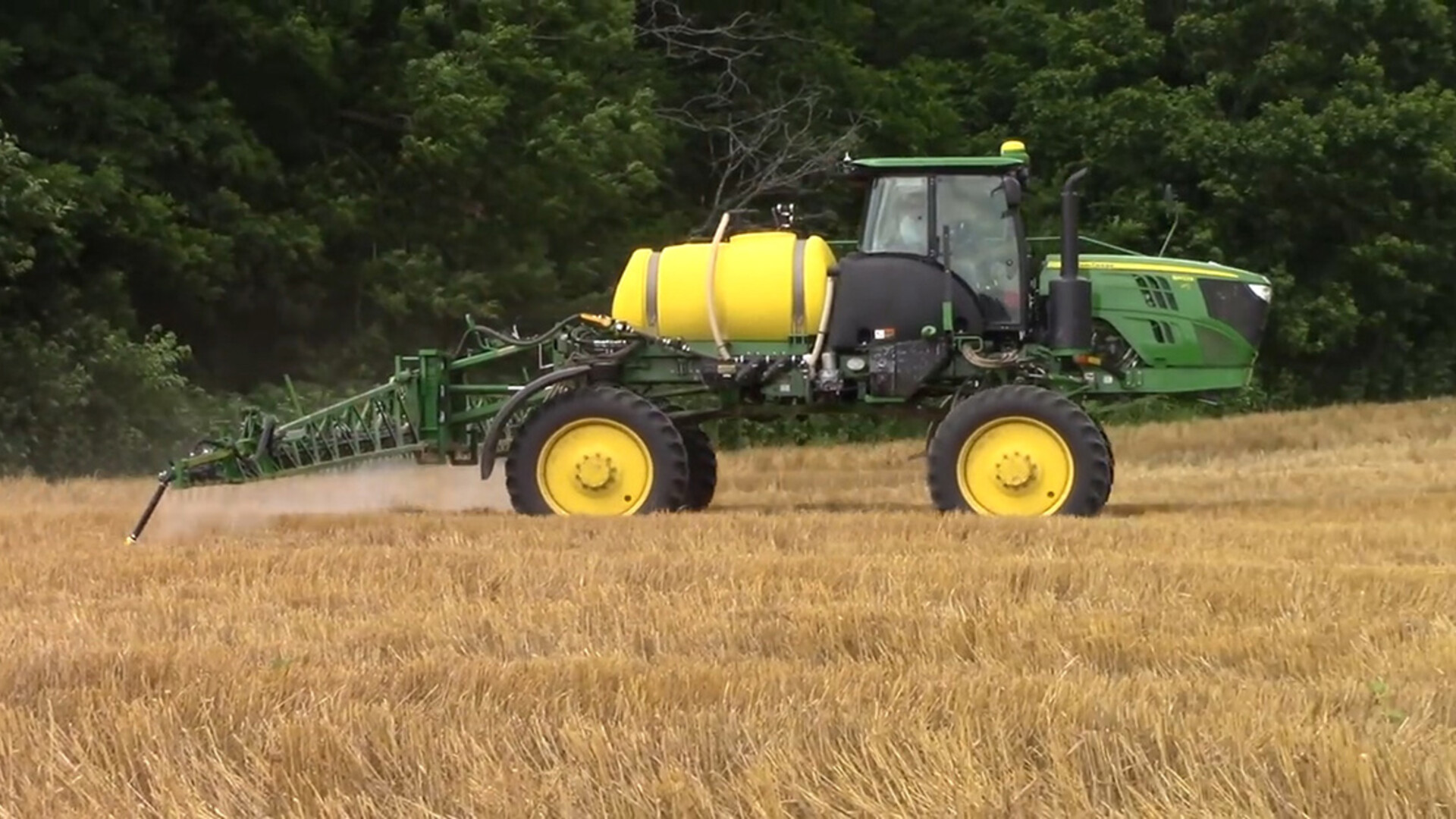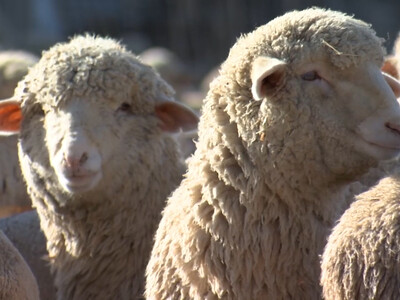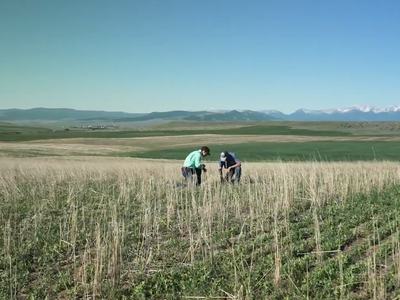EPA To Tackle Herbicides In ESA Reform Efforts
EPA plans to release a strategy next month for reducing herbicide impacts on endangered species through a broad approach for reducing runoff and spray drift from chemical applications.The goal is to minimize exposure to federally listed plants and listed animal species that depend on those plants, Jan Matuszko, director of the Environmental Fate and Effects Division in EPA’s Office of Pesticide Programs, told the agency's Pesticide Program Dialogue Committee, which includes representation from a diverse set of agriculture industry stakeholders.
But it’s also part of a long-term effort to get a handle on a backlog of required endangered species reviews.
EPA has been the subject of several lawsuits seeking to enforce the Endangered Species Act’s consultation requirements, which require the agency to work with the Fish and Wildlife Service – and in the case of marine species, the National Marine Fisheries Service – to minimize exposure to listed species in order to avoid, in the parlance of the ESA, “jeopardy” to species’ continued existence or ”adverse modification” of their critical habitats.
The agency has been the defendant in numerous lawsuits brought to enforce the consultation requirement, leading to some strongly worded opinions, which EPA quoted from in materials distributed to the PPDC for a meeting last week.
Courts are “increasingly impatient with EPA’s non-compliance,” the agency said, quoting from three federal appeals court decisions that came out in November and December, all critical of EPA for its inaction.
“Before registering a pesticide, EPA must consult with the statutorily specified agencies that have expertise on risks to species’ survival,” the D.C. Circuit Court of Appeals said in December in agreeing to a settlement giving EPA until fall 2027 to complete its assessments of the impacts of four pesticides on listed species.
Matuszko said the herbicide strategy will address more than 900 listed species.
“In addition to making future pesticide decisions for herbicides more efficient, it would also increase the efficiency of future herbicide biological evaluations and consultations, as both EPA and the Fish and Wildlife Service would focus on potential effects for any remaining species that are not addressed in this strategy,” she said.
Potential measures to address runoff and erosion include cover crops, vegetative filter strips or riparian buffers, no-till or reduced tillage, and different types of controlled drainage such as grassed waterways or retention ponds.
Spray drift can be reduced through the use of buffer zones, coarser droplet sizes, hooded sprayers, windbreaks and other means, Matuszko said.
Matuszko said the agency is coordinating with USDA’s Office of Pest Management Policy, which is “contributing information on the potential mitigations as well as some potential exemptions. As these species are, for the most part, covered by Fish and Wildlife Service, we’ve also been coordinating with them regularly during the development of the strategy.”
PPDC members urged simplicity to gain broad compliance. Nathan Donley, the Center for Biological Diversity’s environmental health science director, said at the meeting that “while it's great to see EPA making progress on initiating these consultation duties, it's really important that the mitigations that are put in place … be clear and enforceable.”
Many proposed mitigations, in place either through endangered species bulletins for select Pesticide Use Limitation Areas, or through label language, “are really entirely subjective,” Donley said, mentioning “things like spray buffers that are only relevant when the wind is blowing in a particular direction, or looking into your crystal ball to make sure it won't rain in the next few days after you spray. These aren't practical mitigations.”
Buffer zones to stem dicamba drift also have been criticized as ineffective because the herbicide can volatilize and move beyond fields.
Matuszko said EPA is “trying to provide menus of mitigations including potential exemptions, so that the pesticide user gets to choose how they want to comply – whether they want to change their equipment or whether they want to change the level of the boom, whether they want to put in some kind of vegetative filter strips,” Matuszko said.
Gretchen Paluch, pesticide bureau chief in the Iowa Department of Agriculture, asked whether EPA knows the extent to which growers have adopted the mitigation measures being considered.
“USDA has been cataloging a lot of that information, particularly for their NRCS programs,” Matuszko said.
EPA plans to finalize the strategy by the end of the year.
Source: AgriPulse

















